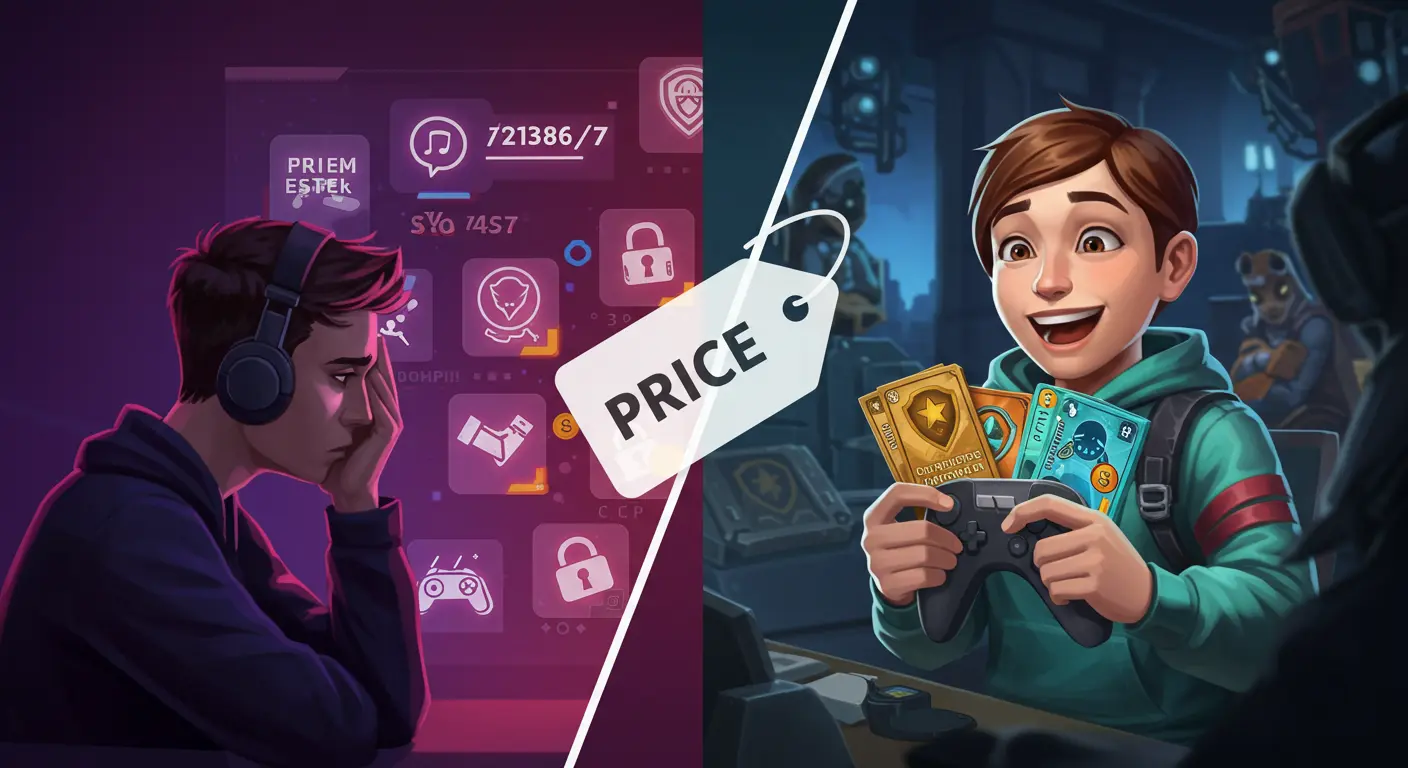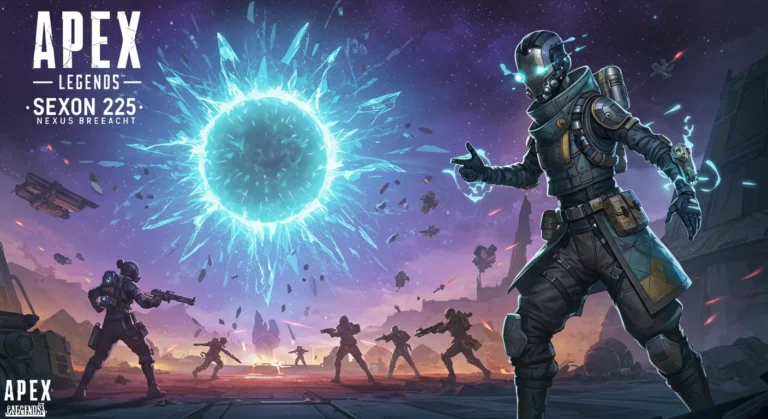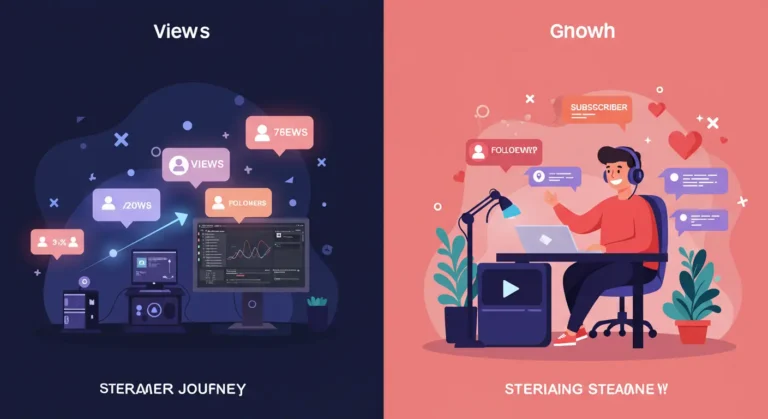Game Monetization Debate: Player Pushback vs. Publisher Profits in 2025
The video game industry, a multi-billion dollar behemoth, is in a constant state of flux, not just in terms of technology and game design, but crucially, in how games generate revenue. The year 2025 finds us at a fascinating crossroads where developer ambitions, publisher financial targets, and increasingly vocal player sentiment are shaping the future of game monetization. As development costs for AAA titles continue to soar, the methods used to recoup investment and turn a profit have become more creative, sometimes more aggressive, and often, a major point of contention. This article explores the current landscape of game monetization, the significant player pushback against certain models, and the ongoing search for sustainable and “fair” ways to price play.
The Microtransaction Maze: From Horse Armor to Season Passes
The journey of in-game purchases began innocuously enough. Downloadable Content (DLC) offered substantial new story chapters or map packs. Then came cosmetic microtransactions – optional skins, outfits, and emotes that allowed players to personalize their experience without impacting gameplay balance. These were largely accepted, even embraced, as a way to support ongoing development for beloved games.
However, the landscape grew more complex. “Pay-to-win” mechanics, where players could buy tangible gameplay advantages, sparked outrage. Loot boxes, with their randomized reward systems, drew comparisons to gambling and faced regulatory scrutiny in several countries. More recently, the battle pass model, popularized by free-to-play giants, became ubiquitous, offering a tiered reward system for consistent engagement, often alongside a premium currency shop. While initially seen as a fair value proposition by many, “battle pass fatigue” is now a common refrain, with players feeling overwhelmed by the number of games demanding their time and money for seasonal content.
The Roar of the Crowd: Player Pushback and Its Impact
Gamers in 2025 are more informed, connected, and vocal than ever before. Social media platforms, forums like Reddit, and content creators on YouTube and Twitch have given players powerful megaphones to voice their frustrations. Significant controversies surrounding overly aggressive monetization have led to review bombings, boycotts, and, in some high-profile cases, complete overhauls of a game’s economy by developers.
The backlash isn’t just about the money; it’s about perceived value, fairness, and respect for the player’s time and investment. Predatory systems designed to exploit psychological loopholes, progression systems that feel artificially slowed to encourage spending, or content locked behind prohibitive paywalls often trigger the most intense negative reactions. This collective player power has undeniably forced many developers and publishers to be more cautious and transparent about their monetization strategies.
In Search of “Fair Value”: What Do Modern Players Expect?
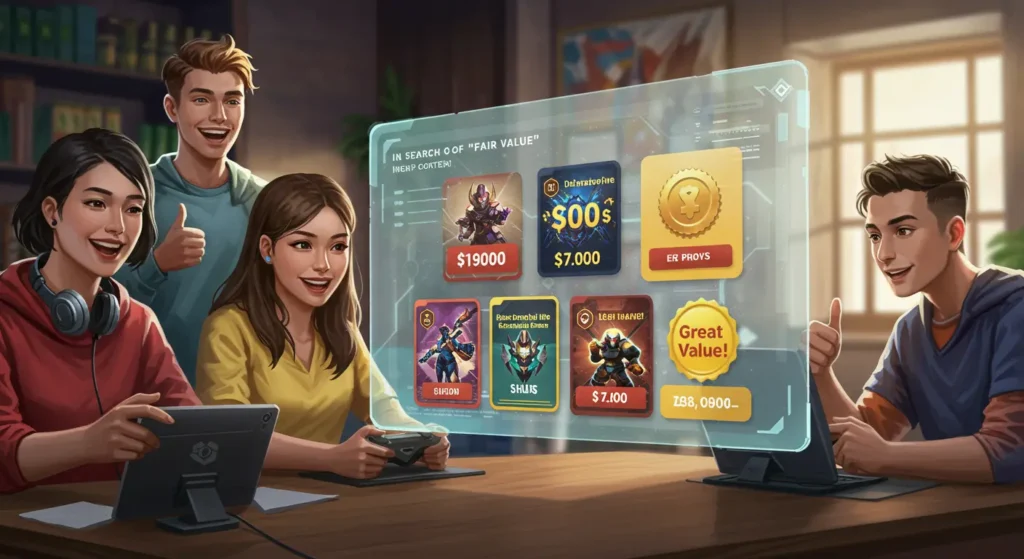
So, what constitutes “fair” monetization in the eyes of the 2025 gamer? While opinions vary, some common themes emerge:
- Transparency: Players want to know upfront what they are paying for and how monetization systems work. Hidden costs or confusing virtual currencies are often red flags.
- Value for Money: Whether it’s a one-time purchase, a DLC, or a cosmetic item, players expect the price to reflect the quality and quantity of content received.
- Non-Predatory Practices: Systems that feel designed to pressure spending or mimic gambling are widely condemned.
- Respect for Player Time: Monetization should not gatekeep core gameplay experiences or turn progression into an excessive grind designed to push microtransactions.
- Optionality for Core Experience: For full-price games, many players feel the complete core gameplay experience should be included in the initial purchase, with microtransactions reserved for purely cosmetic or genuinely optional add-ons.
Emerging and Evolving Models: The Path Forward?
In response to player feedback and market shifts, several monetization models are gaining traction or being refined:
- Subscription Services: Game subscription services (like Xbox Game Pass, PlayStation Plus Extra/Premium, and offerings from individual publishers) continue to grow, offering access to a large library of games for a monthly fee. This model provides predictable revenue for platform holders and publishers, and excellent value for players who explore many titles.
- Player-Friendly Free-to-Play: Some F2P games are finding success by focusing on robust cosmetic offerings, fair battle passes that reward engaged players (even free-tier players), and avoiding pay-to-win mechanics. Transparency and community engagement are key.
- Direct Purchase of Valued Content: Instead of loot boxes, offering specific desired items for direct purchase at a clear price is generally better received.
- Indie Innovation: Many independent developers are experimenting with unique funding models, from supporter packs with cosmetic goodies to “pay-what-you-want” for DLCs, often building strong community loyalty in the process.
- Crowdfunding and Early Access: These continue to be viable for funding development, with the caveat that developers must deliver on promises to maintain backer trust.
The Developer’s Dilemma: Balancing Art, Commerce, and Community
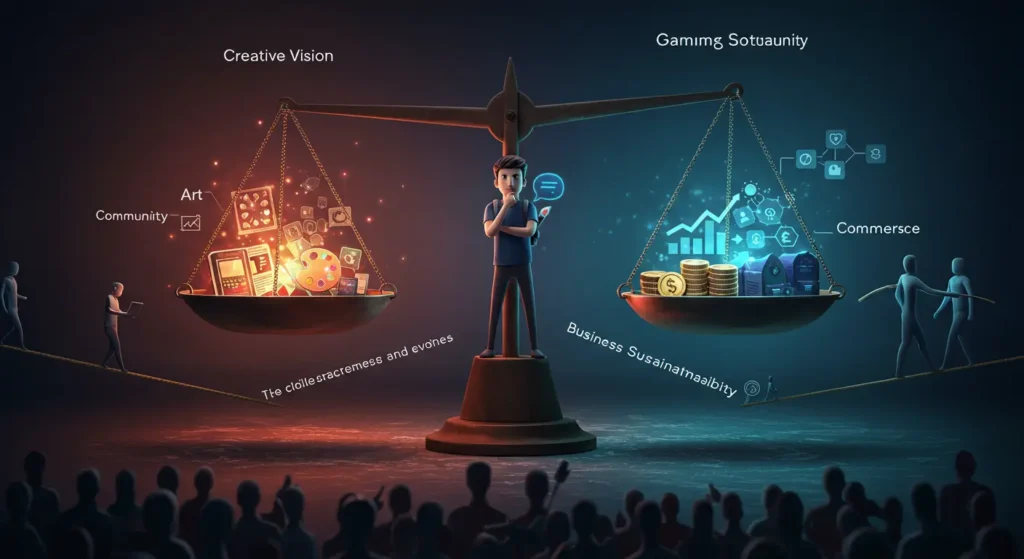
It’s crucial to acknowledge the developer’s perspective. Creating high-quality games, especially AAA experiences, is incredibly expensive, with development teams numbering in the hundreds and budgets reaching hundreds of millions of dollars. Ongoing revenue streams are often necessary to fund post-launch support, new content, and future projects.
The challenge lies in finding monetization strategies that are sustainable for the business, respectful of the players, and don’t compromise the artistic integrity or fun factor of the game. Open communication with the community, listening to feedback, and being willing to adapt monetization models based on player response seem to be key ingredients for long-term success in this evolving landscape.
Conclusion: An Ongoing Dialogue for a Sustainable Future
The conversation around game monetization is far from over. As we navigate the remainder of 2025 and beyond, the dynamic interplay between technological advancements, development costs, publisher strategies, and player expectations will continue to shape how we pay for and experience our favorite interactive entertainment. The most successful models will likely be those that prioritize transparency, offer genuine value, and treat players as a respected community rather than just consumers. The quest for ethical, engaging, and economically viable monetization is a “final boss” the entire industry is still working to overcome, but with open dialogue and innovation, a brighter, fairer future for game pricing is achievable.
Stay Informed with SpiritGlitch.com
What are your thoughts on current game monetization trends? Which models do you find fair, and which ones drive you away? Join the discussion and stay updated on all the latest industry news, controversies, and innovative pricing strategies right here on SpiritGlitch.com – your hub for all things gaming.

